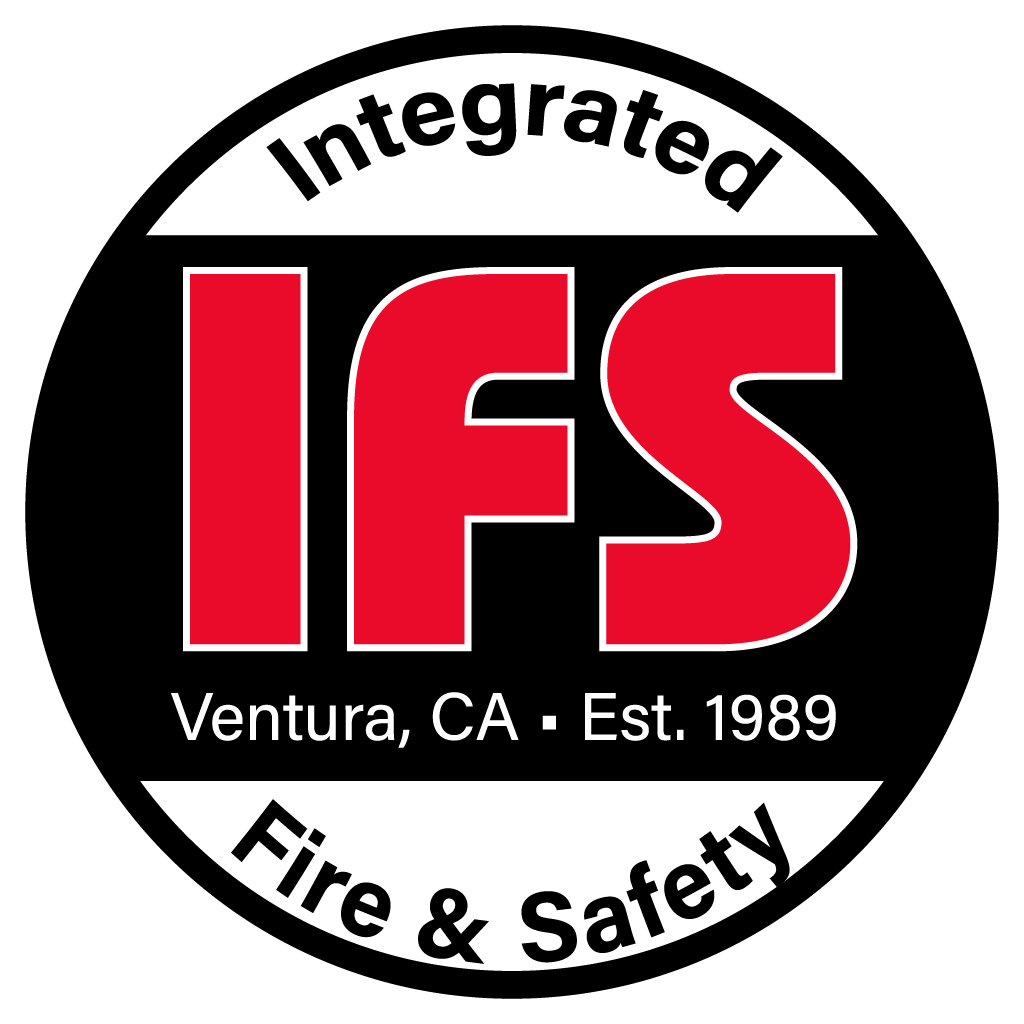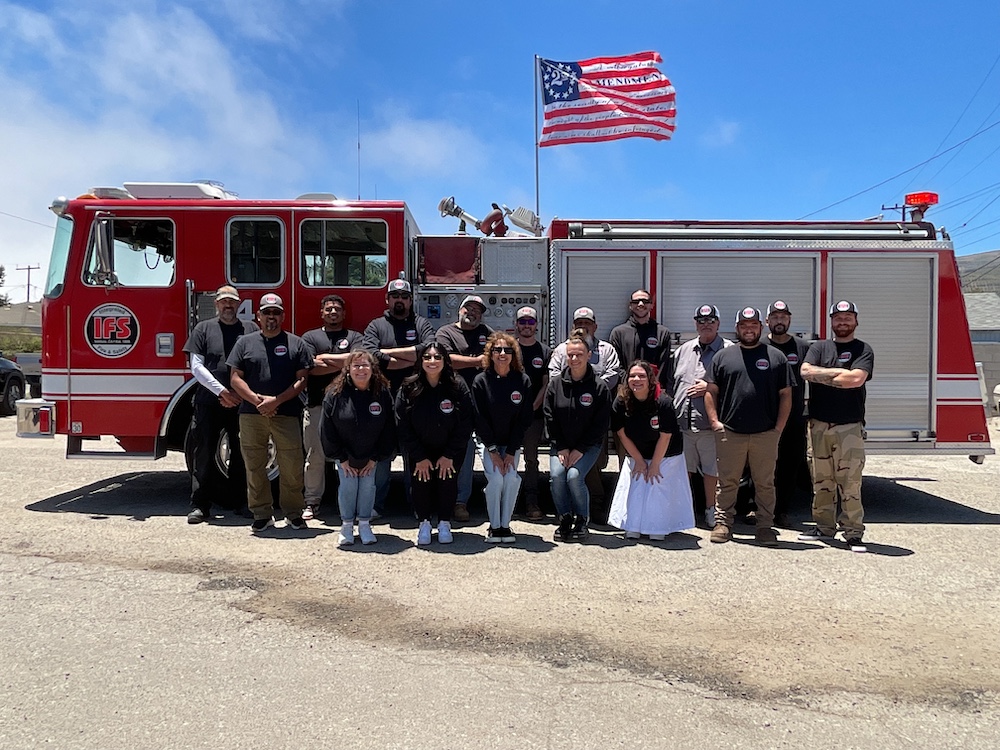
For ALL your fire protection needs.
Integrated Fire & Safety has been providing fire protection service in Ventura and Santa Barbara Counties since 1989.
Read More About Us
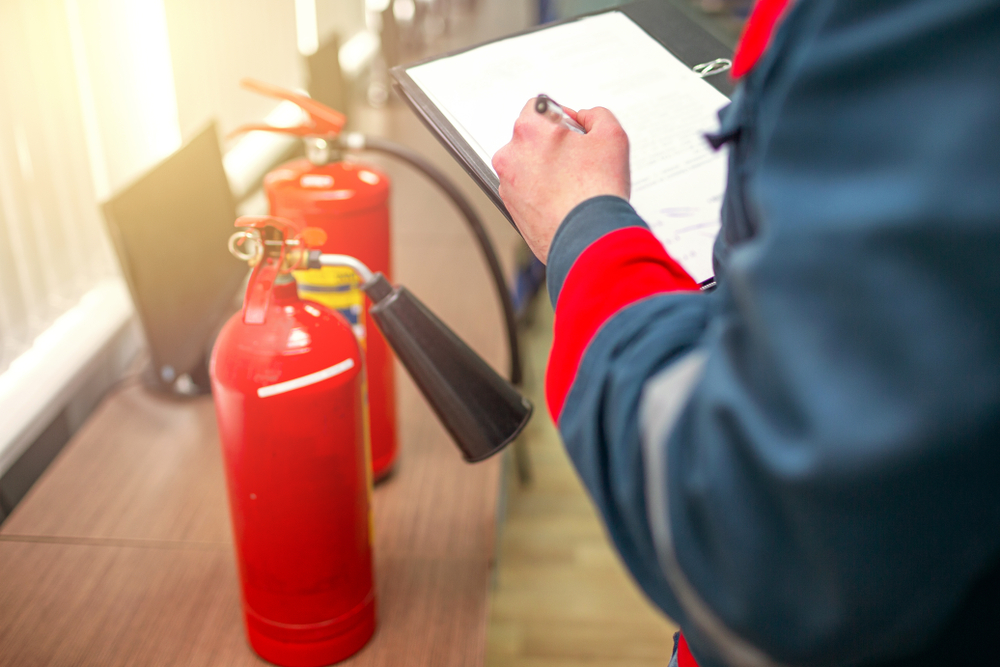
04/10/2023
Insights
Providing 24/7 Service Is Crucial To Protect Your Business From The Unexpected
We offer our customers the best in fire protection, quality, performance, reliability, and affordable service. We supply, inspect, and maintain service for a wide range of fire protection equipment. When our technician is finished you can be assured your extinguisher will work correctly.
We're growing and looking to add to our team!
NFPA Standard Certification NICET Certified Technicians

What We Do? Installation, Inspection, and Repair of
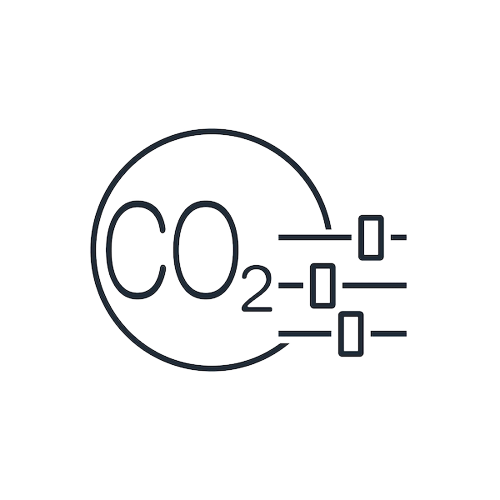
Engineered & Pre-Engineered Systems
- CO2 Systems
- Foam Systems
- Restaurant Hood Systems
- Marine Systems
- Halon, FE-13, FM-200, NOVEC
- Storage Lockers
- Spray Booths
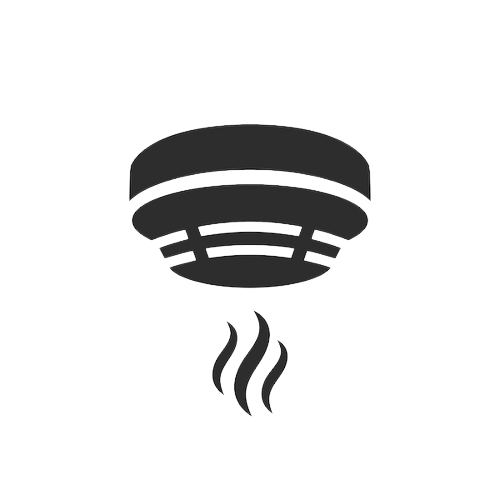
Fire Alarms
- Customized to Customer Needs
- Design
- Complete CAD drawings
- Permits
- As-Builts
- Installation
- Smoke Detector Sensitivity Testing
- Fire Alarm / Fire Sprinkler Monitoring
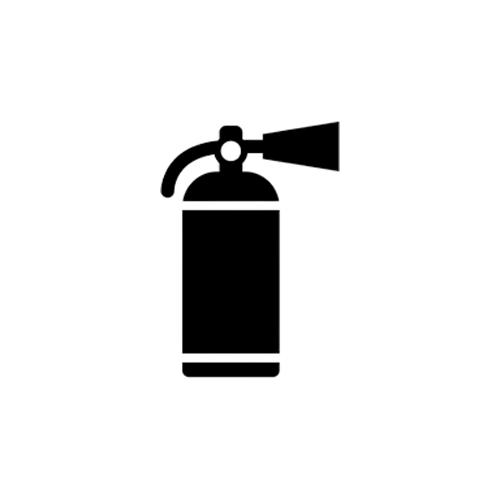
Fire Extinguisher Service & Training
- Live Fire Training
- Proper Response Methods
- How To Use A Fire Extinguisher
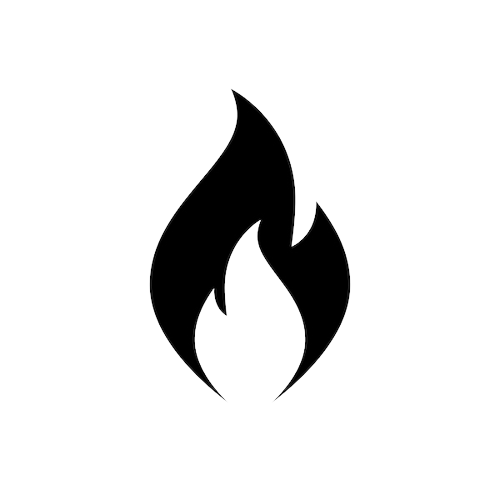
Special Hazard Systems
- FM-200
- Novec
- CO2
- FE-13
- Halon
- Dry Chemical
- Wet Chemical
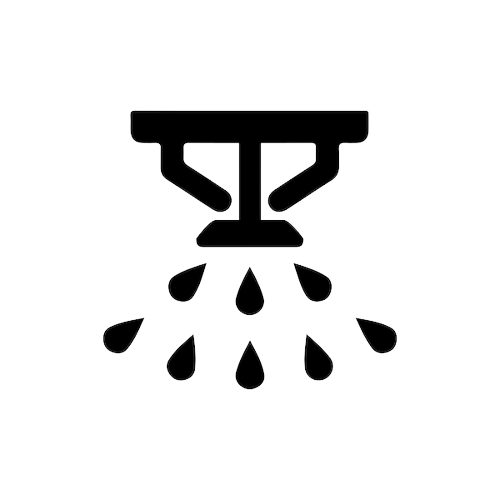
Fire Sprinkler Systems
- Automatic Fire Sprinklers
- Preaction Systems
- Deluge Systems
- Wet Standpipes & Hoses
- Dry Standpipes & Hoses
- Fire Pumps
- Fire Hydrants
- Backflow Devices
- Fire Alarm / Fire Sprinkler Monitoring
Authorized Distributors
for:
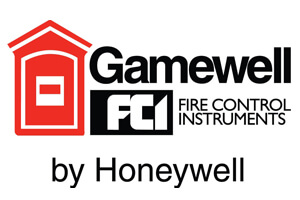




OUR SERVICES IFS
For All Your Fire Protection Needs

Installation Experts That Provide Safety
Installing a fire protection system is an essential step in ensuring the safety of a building and its occupants. These systems are designed to detect and suppress fires, providing early warning and minimizing the risk of property damage, injuries, and loss of life. The installation process involves several key steps, which I will outline below.
1. Assessment and Design: Before installing a fire protection system, a thorough assessment of the building is necessary. This assessment includes evaluating the structure, its occupancy type, and any specific fire hazards present. Based on this assessment, a design plan is created to determine the type of system required, its layout, and the appropriate fire protection equipment.
2. Permitting and Code Compliance: Fire protection system installations are subject to local building codes and regulations. Obtaining the necessary permits and ensuring compliance with these codes is crucial. Working with a professional fire protection engineer or a licensed contractor familiar with local regulations can help navigate this process effectively.
3. System Components: Fire protection systems consist of various components, including fire alarms, smoke detectors, fire extinguishers, sprinkler systems, fire suppression systems, and emergency lighting. The specific components needed will depend on the building’s size, occupancy, and fire risks.
4. Alarm and Detection Systems: Fire alarm systems are designed to detect the presence of fire or smoke and provide an early warning to occupants. These systems can include smoke detectors, heat detectors, flame detectors, or a combination of these devices strategically placed throughout the building. They are often interconnected, triggering audible and visual alarms to alert occupants to evacuate.
5. Suppression Systems: Fire suppression systems are responsible for controlling or extinguishing fires. The most common type is a sprinkler system, which consists of a network of pipes and sprinkler heads installed throughout the building. When a fire is detected, the heat activates the sprinkler heads, releasing water to suppress the flames and limit the fire’s spread.
6. Installation Process: Once the design is finalized, the installation process begins. It typically involves working with a team of skilled technicians or contractors experienced in fire protection systems. They will install and connect the various components according to the design specifications, including running wiring, mounting detectors and alarm devices, and integrating the system with emergency lighting and power sources.
7. Testing and Commissioning: After installation, rigorous testing and commissioning are conducted to ensure that the fire protection system operates correctly. This includes testing the alarm signals, checking sensor
functionality, inspecting water flow and pressure in sprinkler systems, and verifying that all components are properly connected and functioning as intended.
8. Ongoing Maintenance and Inspections: Once the fire protection system is installed and commissioned, regular maintenance and inspections are necessary to ensure its continued effectiveness. This includes periodic testing of alarms, detectors, and sprinkler systems, as well as servicing and replacing components as needed. Compliance with local regulations may require scheduled inspections by authorized personnel. It is crucial to involve qualified professionals throughout the installation process to ensure that the fire protection system meets all safety requirements and functions reliably. Regular training of building occupants on fire safety protocols, evacuation procedures, and proper use of fire protection equipment is also essential to maximize the system’s effectiveness and enhance overall safety.

5-Star Service
A fire protection system is a crucial component of building infrastructure designed to detect, control, and suppress fires. It encompasses various devices, equipment, and protocols that work together to minimize the risk of fire-related damage and protect human lives. The primary objective of a fire protection system is to detect fires at their early stages, alert occupants, and activate suppression measures to prevent the spread of flames and smoke.
Here is an explanation of the typical services provided by a fire protection system:
1. Fire Detection: Fire detection is the first line of defense in a fire protection system. It involves the installation of various sensors and detectors strategically placed throughout the building to monitor potential fire hazards. These detectors can be heat sensors, smoke detectors, flame detectors, or gas detectors, depending on the specific requirements of the building. When these devices sense a fire-related event, they send signals to the central control panel, which initiates the appropriate response.
2. Alarm Systems: Fire alarm systems are integral to a fire protection system. Upon detecting a fire or smoke, the system triggers audible and visual alarms to alert occupants and initiate evacuation procedures. Alarms can be in the form of sirens, bells, strobe lights, or voice evacuation systems, depending on the building’s size and layout. The system ensures that everyone within the building is promptly informed about the emergency, allowing them to evacuate to safety.
3. Fire Suppression: Fire suppression is a critical aspect of fire protection systems, aimed at controlling and extinguishing fires in their early stages. Various methods are employed, including automatic fire sprinkler systems, fire extinguishers, gaseous suppression systems (such as CO2 or FM-200), and foam suppression systems. These systems are designed to release the extinguishing agent upon detection of a fire, reducing heat, removing oxygen, or interrupting the chemical chain reaction to suppress or extinguish the flames effectively.
4. Emergency Lighting: During a fire emergency, power outages or dense smoke can hinder visibility, making it difficult for occupants to navigate and evacuate safely. Emergency lighting systems provide a reliable source of illumination in such situations. These systems consist of battery-powered lights, illuminated exit signs, and directional indicators strategically placed throughout the building to guide people to the nearest exits and evacuation routes.
5. Fire Safety Equipment: In addition to the core components of a fire protection system, there are various fire safety equipment and devices that aid in fire prevention and control. These include fire doors, fire-rated walls, fire dampers, fire hydrants, fire hoses, fire blankets, and fire-resistant materials. These elements are designed to compartmentalize the building, delay the spread of fire, and provide essential tools for firefighting and evacuation.
6. Regular Maintenance and Inspections: A well-functioning fire protection system requires regular maintenance and inspections to ensure its optimal performance. These services include testing and calibrating fire detection devices, inspecting and servicing fire suppression systems, replacing worn-out components, and adhering to relevant codes and regulations. Routine maintenance helps identify any faults or deficiencies in the system, enabling prompt repairs or upgrades to maintain its reliability.
It’s important to note that the specific services provided by a fire protection system can vary depending on the building type, size, and local fire safety regulations. Engaging qualified fire protection professionals, such as fire engineers, technicians, or certified contractors, ensures that the system is designed, installed, and maintained to the highest standards of safety and effectiveness.

Inspection Technicians
Troubleshooting a fire protection system involves identifying and resolving issues that may arise in the system’s components, ensuring its proper functioning and reliability in case of a fire emergency. Here’s a step-by-step explanation of the troubleshooting process:
1. Gather information: Start by collecting essential details about the fire protection system. This includes system specifications, design documents, operation manuals, and any recent changes or maintenance activities. Understanding the system’s layout and components will help you identify potential problem areas.
2. Visual inspection: Perform a visual inspection of the system to identify any obvious signs of damage, leaks, or irregularities. Check for loose connections, corroded pipes, damaged valves, or malfunctioning devices such as sprinkler heads or smoke detectors. Document any findings for further analysis.
3. Review system logs: Access the system’s logs, alarms, and event history to identify any recent or recurring issues. Look for error messages, fault codes, or patterns that might indicate the source of
the problem. Note any alarms that were triggered or any anomalies in the system’s performance.
4. Test individual components: Carry out functional tests on each component of the fire protection system. This includes activating manual pull stations, testing smoke or heat detectors, and inspecting the operation of sprinkler heads, control valves, alarms, and annunciators. Document any failures or abnormalities encountered during testing.
5. Check power supply: Ensure that the system has a stable power supply. Check for tripped breakers, blown fuses, or power interruptions that could affect the system’s operation. Inspect batteries or backup power sources to confirm their functionality and capacity to sustain the system during power outages.
6. Verify control panel settings: Review the settings on the fire protection system’s control panel. Check the programming, configuration, and calibration of sensors, alarms, and suppression systems. Make sure they are aligned with the system’s design specifications and industry standards.
7. Assess environmental factors: Evaluate any environmental factors that might influence the system’s performance. Excessive humidity, temperature variations, or the presence of dust or debris can impact the reliability of smoke detectors or obstruct sprinkler heads. Take measures to mitigate such factors if necessary.
8. Consult manufacturer documentation: Refer to the manufacturer’s documentation, installation manuals, and troubleshooting guides specific to the fire protection system. These resources often provide valuable insights into common issues, recommended maintenance procedures, and step-by-step troubleshooting instructions.
9. Seek professional assistance if needed: If the troubleshooting process becomes complex or the issue cannot be resolved internally, consider contacting the system’s manufacturer or a qualified fire protection professional. They can provide expert guidance, perform in-depth diagnostics, and assist with repairs or replacements if required.
10. Document and resolve issues: Throughout the troubleshooting process, maintain detailed records of all observations, tests conducted, and actions taken. Once the issues are identified, develop a plan to address them effectively. This may involve replacing faulty components, recalibrating sensors, repairing damaged parts, or adjusting system settings.
11. Perform post-repair testing: After resolving the identified issues, conduct comprehensive post-repair tests to verify that the system is functioning correctly. Test each component, simulate fire scenarios if possible, and ensure that all alarms, alerts, and suppression systems operate as intended.
12. Ongoing maintenance and monitoring: Implement a regular maintenance schedule to prevent future issues and ensure the fire protection system remains in optimal condition. This includes routine
inspections, testing, cleaning, and adherence to recommended maintenance procedures outlined by the manufacturer. Remember, fire protection systems play a critical role in safeguarding lives and property. It is crucial to address any troubleshooting needs promptly and involve qualified professionals whenever necessary to ensure
the system’s reliability and effectiveness.

Inspection Technicians
Inspecting a fire protection system involves a systematic evaluation of various components and elements within a building or facility to ensure that the system is in proper working order and capable of effectively preventing, detecting, and suppressing fires.
This inspection process plays a crucial role in maintaining the safety and compliance standards necessary for safeguarding life and property.
Here is a step-by-step explanation of inspecting a fire
protection system:
1. Familiarize yourself with relevant codes and standards: Before starting the inspection, it is important to be knowledgeable about the applicable fire safety codes and standards in your region. This ensures that you can assess the system’s compliance with the required regulations.
2. Review system documentation: Gather and review
all available documentation related to the fire protection system, including design plans, installation records, maintenance logs, and previous inspection reports. This provides valuable insights into the system’s configuration, maintenance history, and any past issues.
3. Conduct a visual inspection: Begin the inspection by visually examining the components of the fire protection system. This may include fire alarm systems, sprinkler systems, fire extinguishers, fire pumps, emergency lighting, smoke detectors, ductwork, and any other relevant equipment. Look for signs of damage, corrosion, leaks, obstructions, or any other visible issues that may affect their functionality.
4. Test and verify equipment functionality: Perform
functional tests on various system components to ensure they are operating as intended. This may involve activating smoke detectors, testing alarm systems, checking the water flow and pressure in sprinkler systems, and confirming the operation of fire pumps and emergency lighting. Follow manufacturer guidelines and best practices for conducting these tests.
5. Inspect maintenance and service records: Review maintenance records to ensure that routine inspections, testing, and maintenance activities have been conducted at the recommended intervals. Check if any outstanding maintenance issues have been properly addressed. This step helps identify any overlooked or delayed maintenance tasks that may impact the system’s performance.
6. Evaluate documentation and signage: Verify the presence and accuracy of essential documentation, such as emergency evacuation plans, fire alarm zone diagrams, equipment manuals, and inspection certificates. Also, check if the required signage, such as fire extinguisher location signs, exit signs, and fire safety instructions, are clearly visible and up to date.
7. Assess accessibility and egress routes: Evaluate the accessibility and condition of fire protection equipment and egress routes. Ensure that fire extinguishers, emergency exits, stairwells, and evacuation routes are unobstructed and well-maintained, allowing for safe and efficient evacuation in case of a fire emergency.
8. Document findings: Record all inspection findings, including any deficiencies, non-compliance issues, and recommendations for corrective actions. This documentation serves as an important reference for follow-up actions, future inspections, and regulatory compliance.
9. Communicate results and recommend actions: Share the inspection report with relevant stakeholders, such as building owners, facility managers, and fire safety officials. Clearly communicate any identified issues or deficiencies and provide recommendations for addressing them. If necessary, schedule repairs, maintenance, orsystem upgrades to rectify the identified problems.
10. Follow-up and re-inspection: Monitor the progress of corrective actions and ensure that the necessary repairs and improvements are implemented within the specified timeframe. Schedule periodic re-inspections to verify that the fire protection system is fully functional, complies with regulations, and continues to meet the required safety standards. By following this systematic approach, an inspection of a fire protection system can help identify potential risks, ensure compliance with fire safety regulations, and maintain the overall effectiveness of the system in preventing and managing fire incidents.

